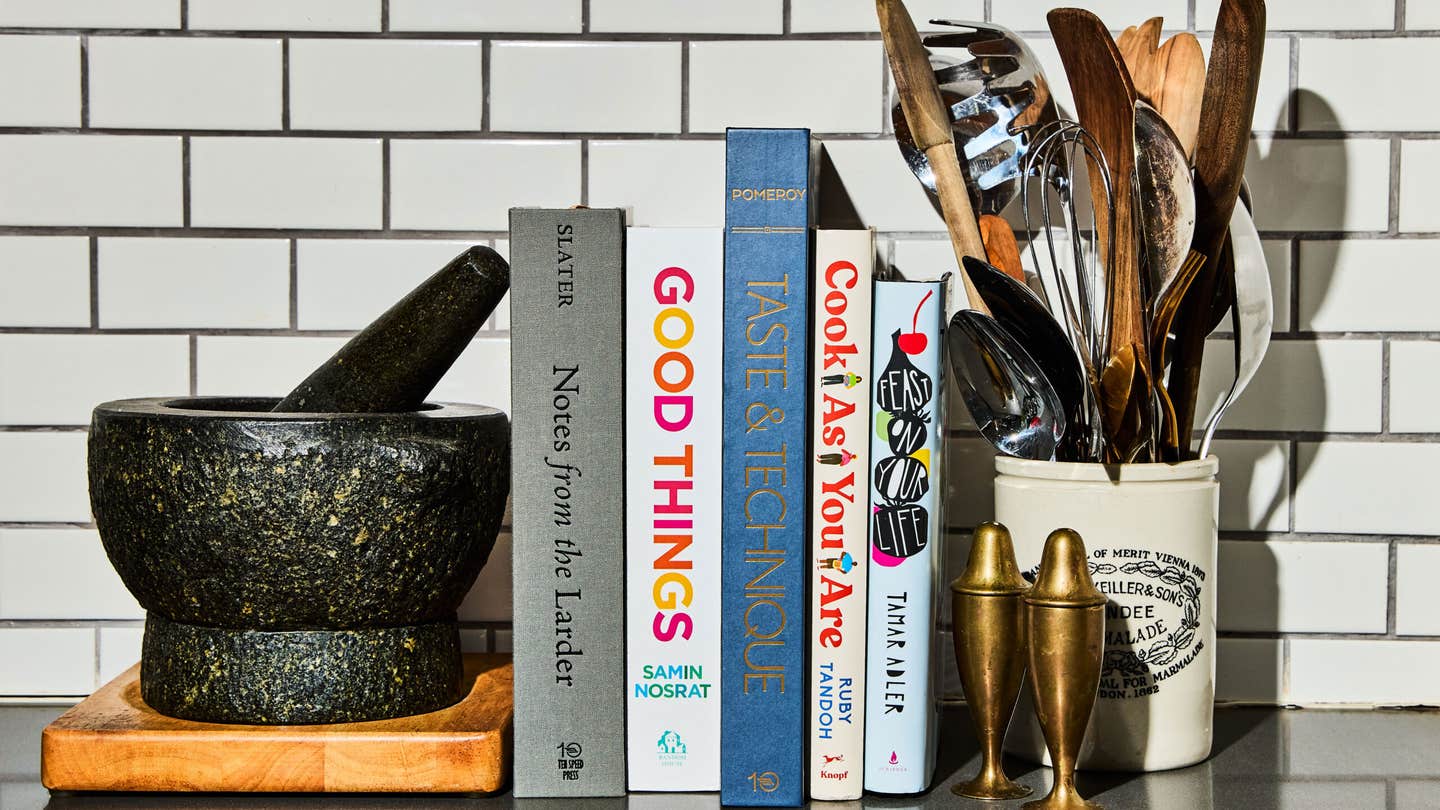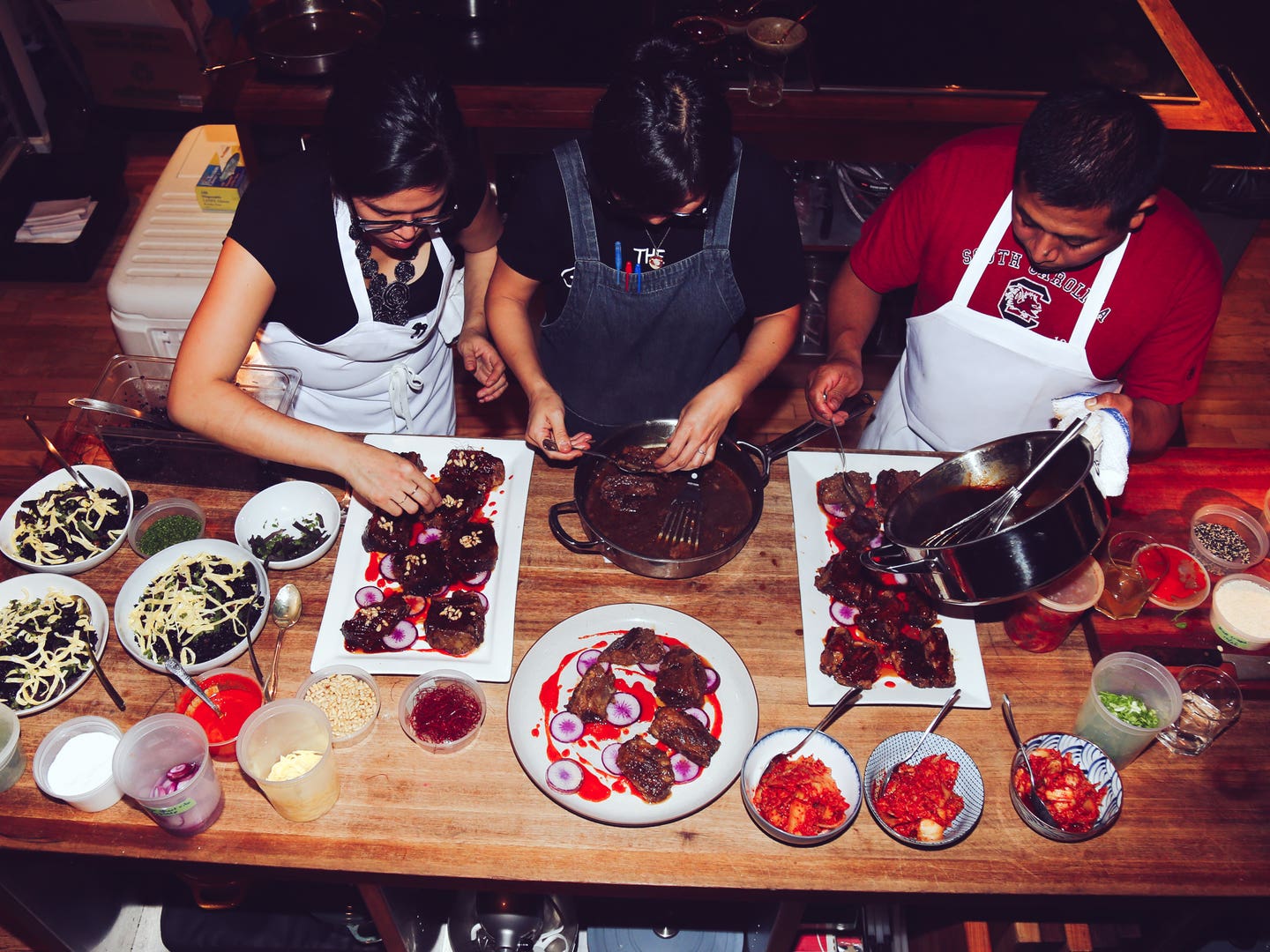
Chef Sohui Kim Gets Back To Her Korean Roots
The woman behind the Good Fork restaurant and cookbook brings Korean food to Brooklyn and her two toughest critics: her kids
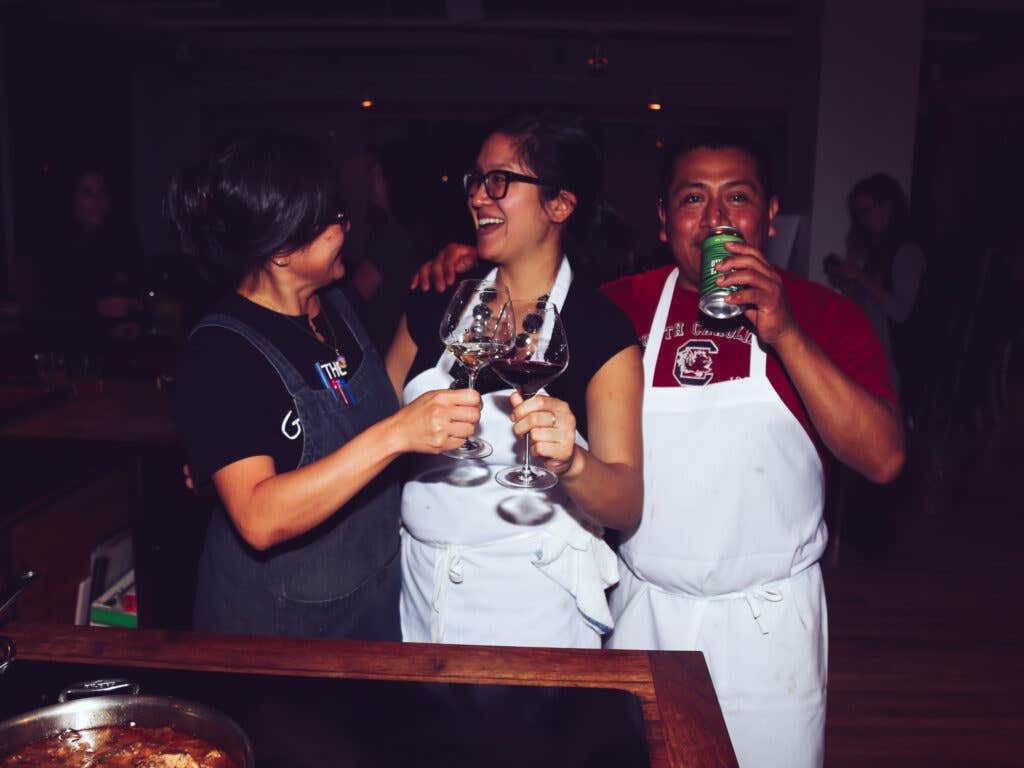
"I was an immensely, really tough picky eater growing up," says Chef Sohui Kim, the owner and chef at Red Hook's the Good Fork and the younger Korean barbecue restaurant Insa. Even when she was growing up in Korea, she was hesitant to explore her home country's spices and flavors; as she says in her new book, The Good Fork Cookbook, "You could not get me to eat kimchee unless there was a big bowl of water on the table so I could wash off the pepper paste."
But at last night’s Saveur Supper, the table was filled with heartily coated kimchi (which Kim ate, pepper paste and all) and fermented mung bean pancakes, as well as a typical Korean soy-braised short rib that Kim calls one of her favorite dishes. The chef is returning to the roots she initially left behind when she began to cook professionally.
In school, Kim was eager to learn new ways of cooking, particularly the French model. “I was so enamored with technique and different types of cuisines,” she explains, “being in the kitchen was so eye-opening for me as a young cook.” Even when she opened the Good Fork 10 years ago, she had no hard and set “this is who I am” idea that directed her cooking. “I tried to just cook with my heart, especially stuff that I knew and wanted to eat, and I tried to showcase whatever skill set I’d learned over the years,” she says. “Exploring Korean cuisine, or my roots, if you will, wasn’t a priority for me 10 years ago.”
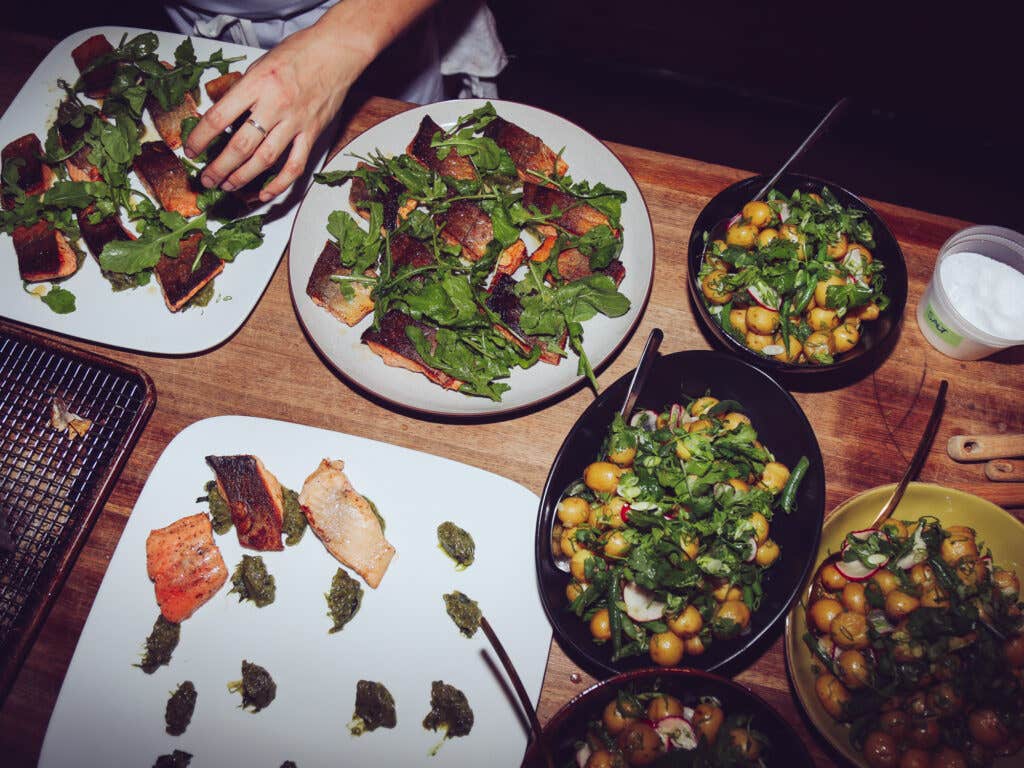
But now, with two restaurants and two kids, something has changed. “It really was a journey in a meandering way, to figure out what I wanted to do,” Kim says.
When she opened Insa last year, she faced this decision head-on, basing it partially on the lack of good Korean restaurants in Brooklyn. She and her husband Ben (who she describes as an old Korean lady in another life) would buckle their kids in their carseats and they’d make the trip from their Brooklyn home to Flushing, where they’d tote their sleeping offspring into the restaurant still in their carseats. After doing that for years, it clicked: why not bring Korean barbecue to Brooklyn? “Maybe now people are willing to embrace the cuisine as a whole, and come on, you walk into a Whole Foods and there are 3 different kinds of kimchi,” says Kim. “Korean food has come a long way.” What's more, “Brooklyn was ready for it, and I was ready to deal with my past. It was very therapeutic exploring that culture and cuisine.”
Opening Insa was only the beginning of Kim’s return to her Korean roots. Now, she’s bringing it home to her two “biggest, greatest, and worst critics” of her life: her children, apples that didn’t fall far from the picky-eating tree. She approaches this challenge in a similar way to her restaurant, but says that “it’s much more rooted in what they want to eat, and me sort of catering to that and every once in a while throwing in something new.”
She would tweak recipes, occasionally straying from what is strictly Korean to use a wider range of ingredients—like butter or red wine, which aren't typical of Korean cooking but are things she sometimes throws on vegetables and in sauces. And now, instead of the usual sandwiches and snacks, her daughter is asking for Korean food. “I made her hybrid Korean fried rice and pickled daikon, and she was in high heaven.” This is what returning to her roots is really about now: introducing her children to the food she has grown to love.
But getting back to her roots doesn't mean limiting herself to them; Kim doesn't want anyone to think of her as just a Korean chef. “The Good Fork is globetrotting, but I don’t feel confined at Insa. Every day we're improving on what's there, and without progress and progress it'd feel like stagnation. I don't want that at either place.”
See more scenes from our supper below.
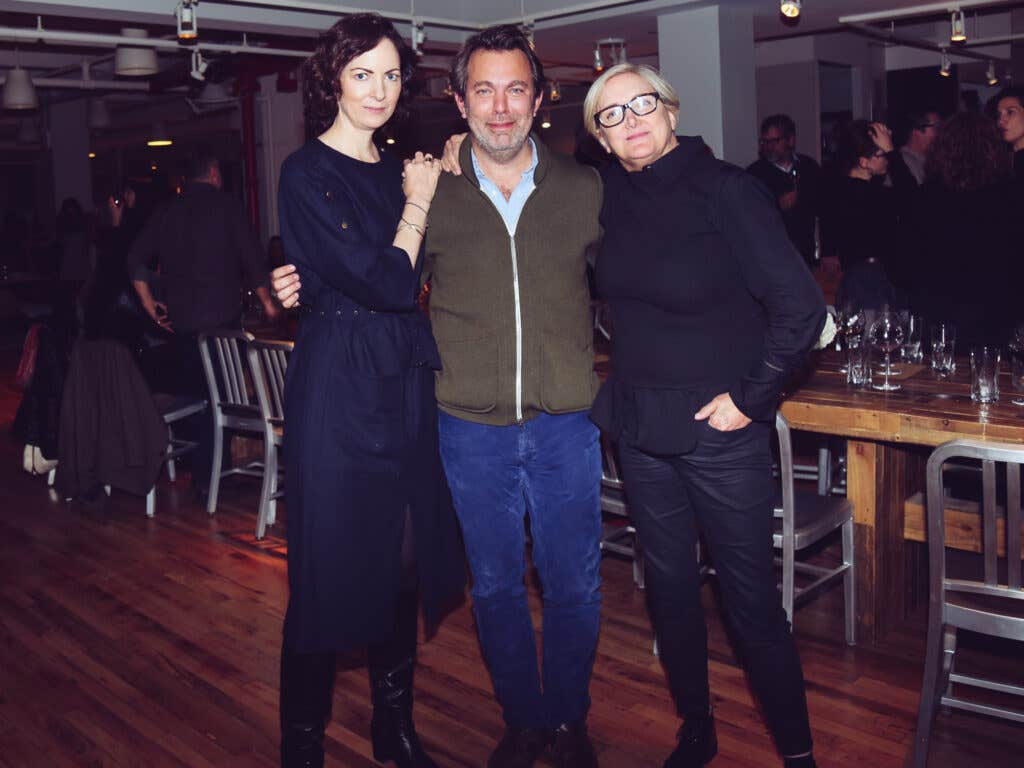
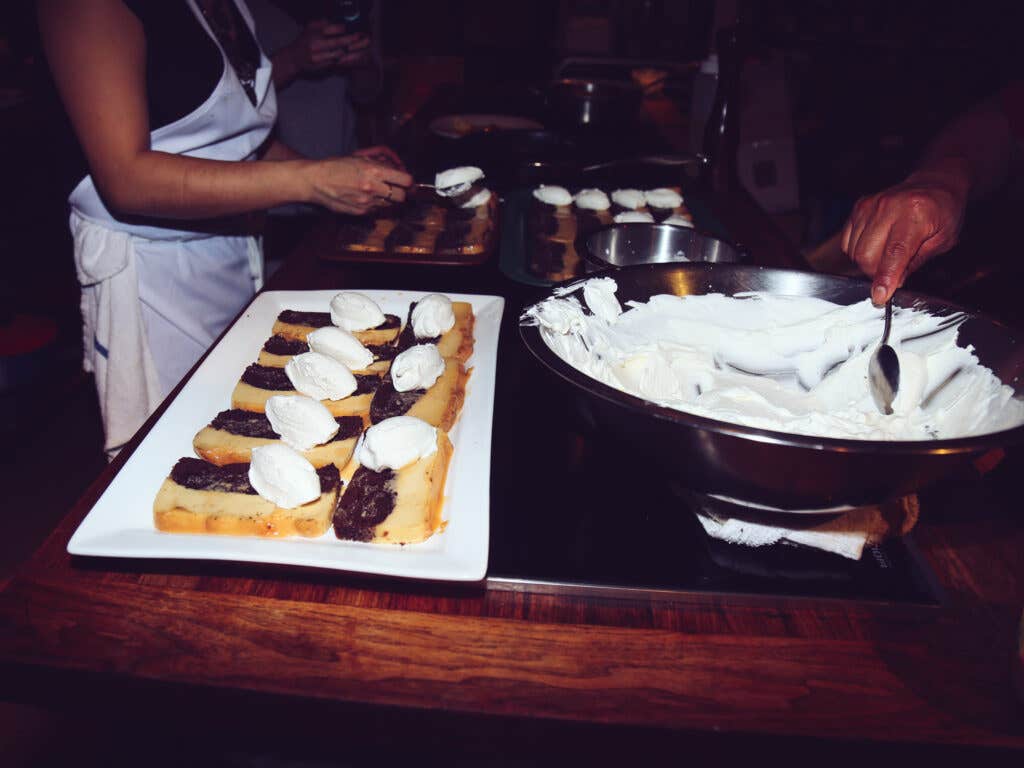
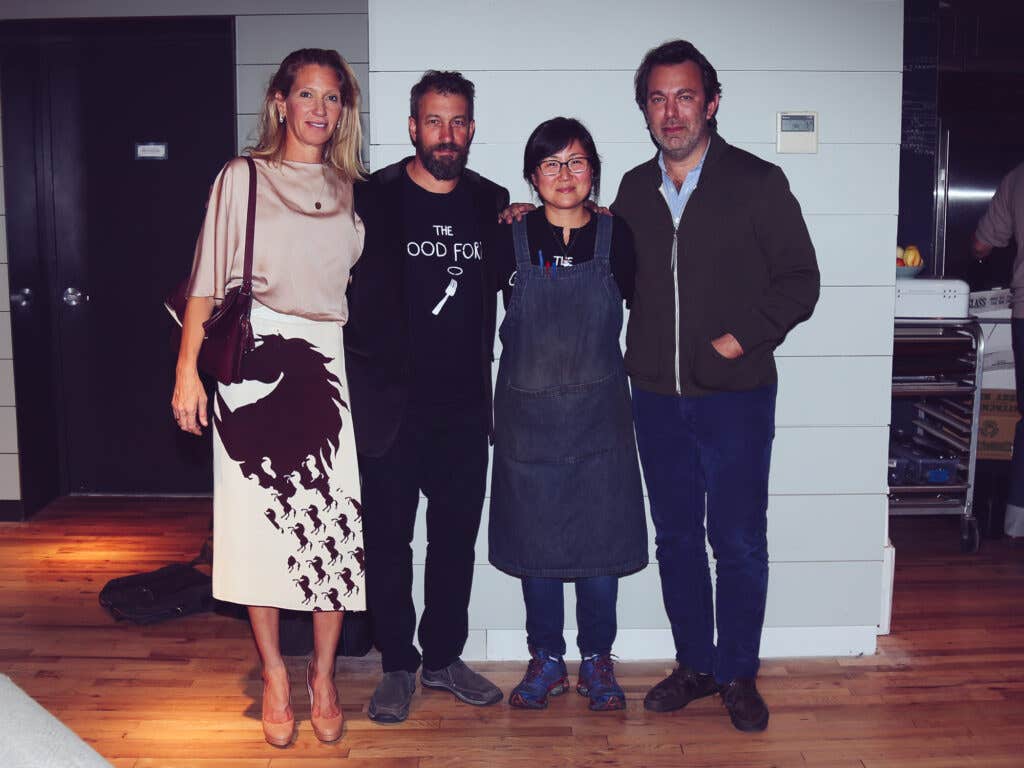
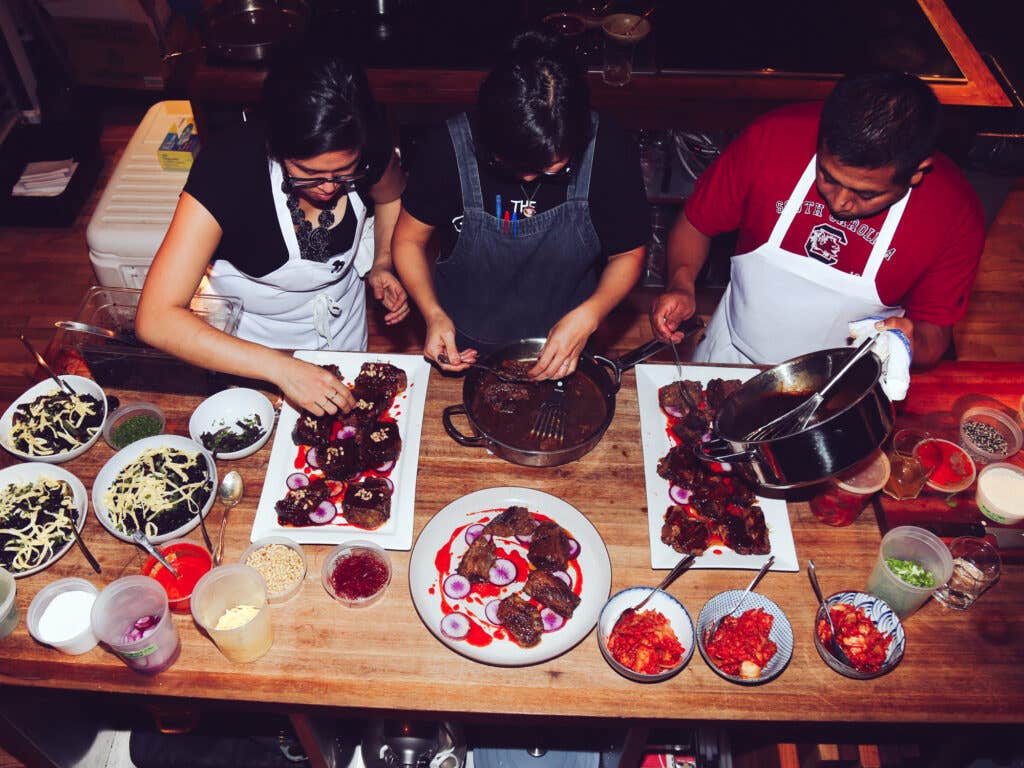
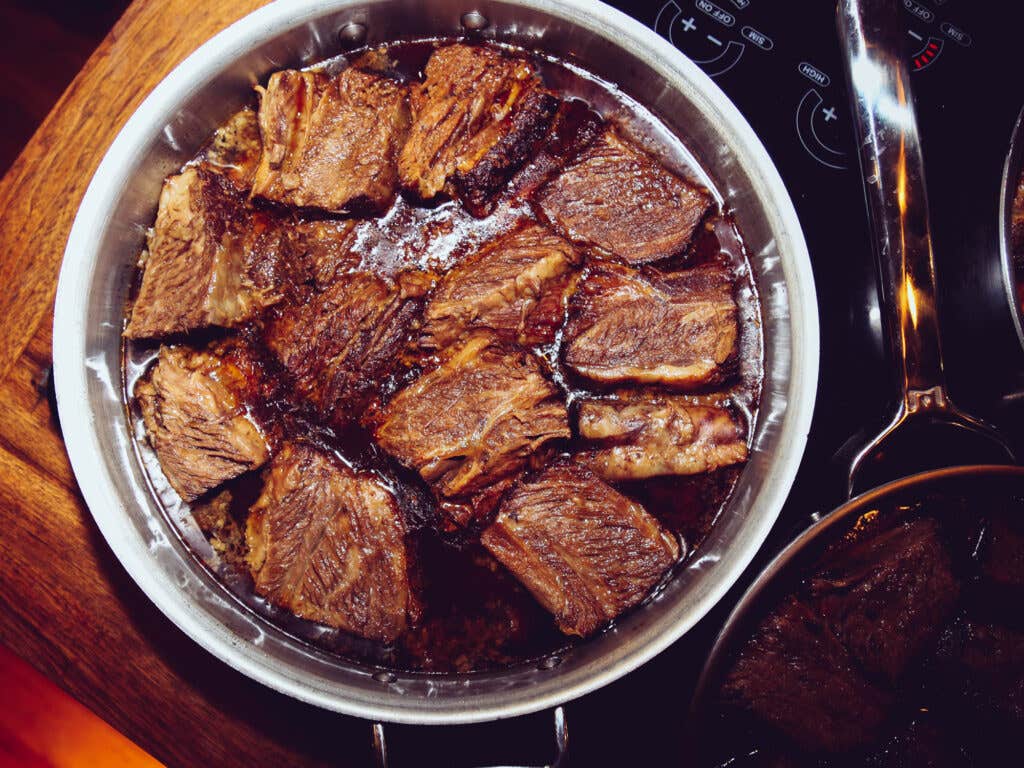
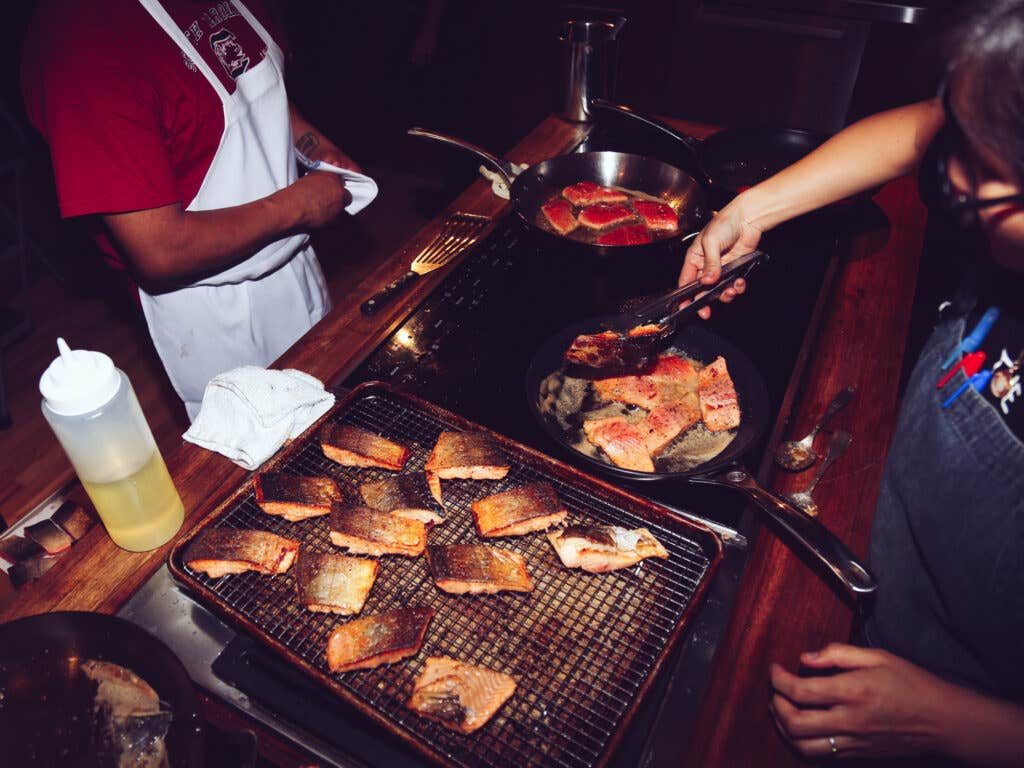
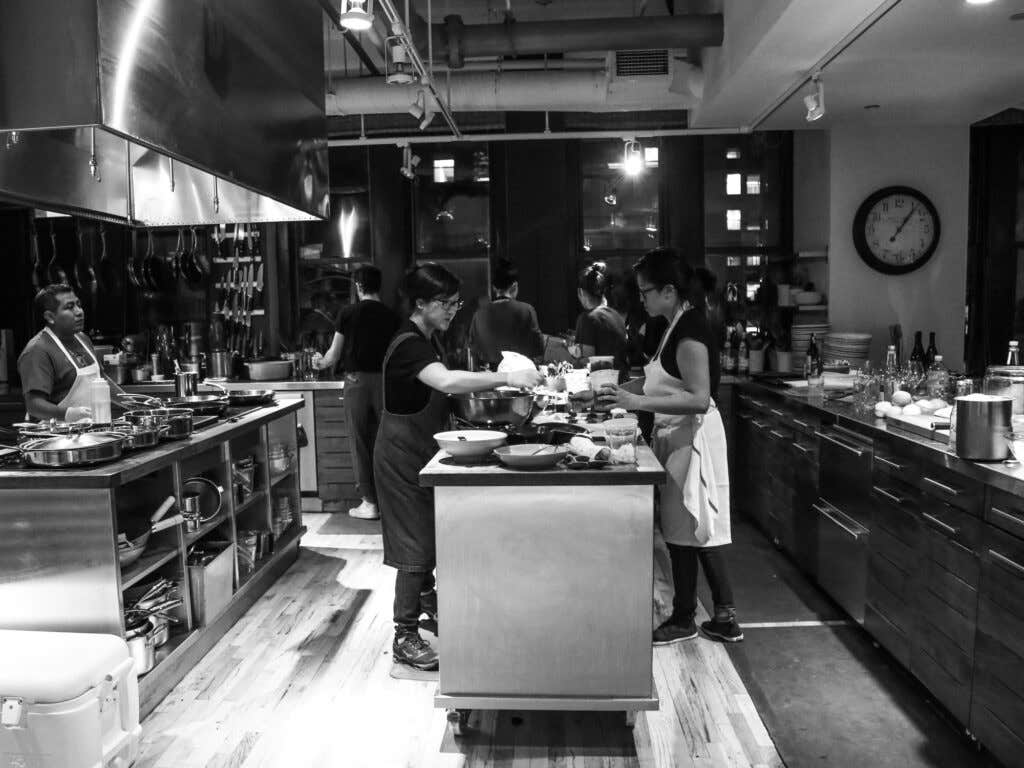
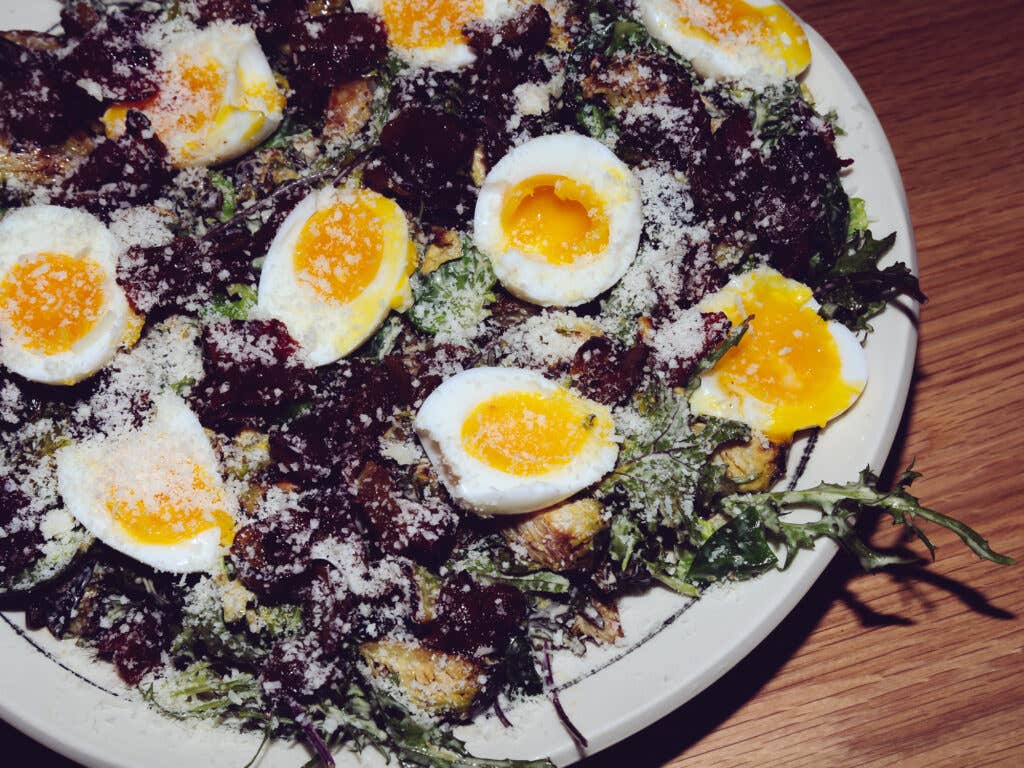
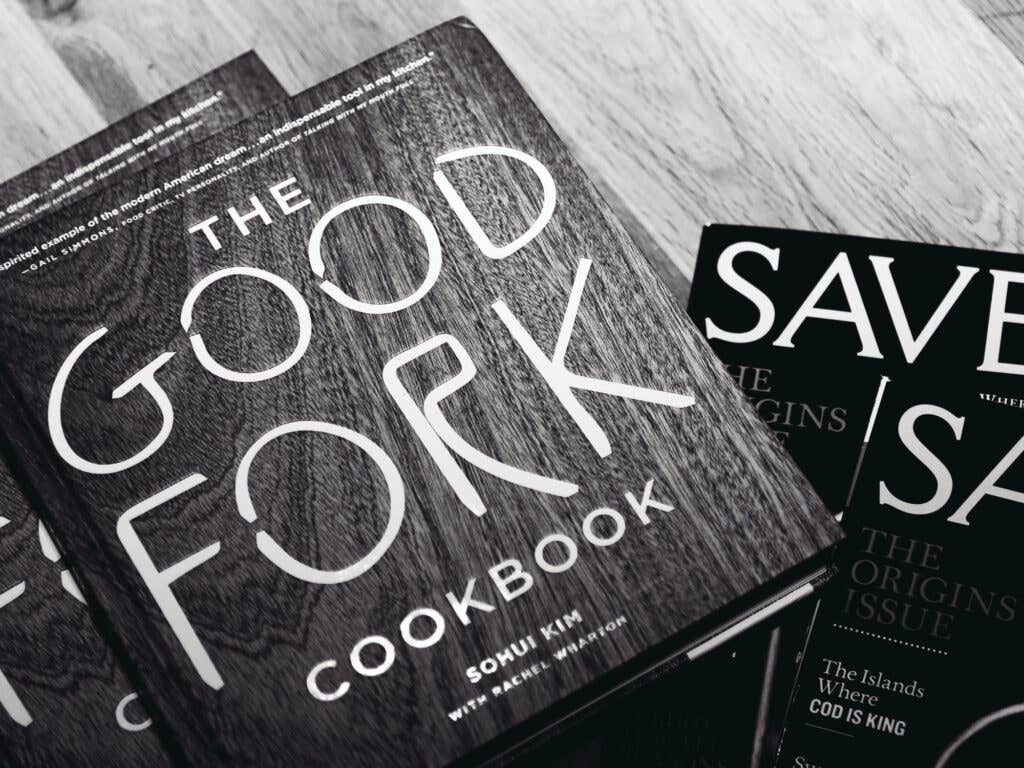

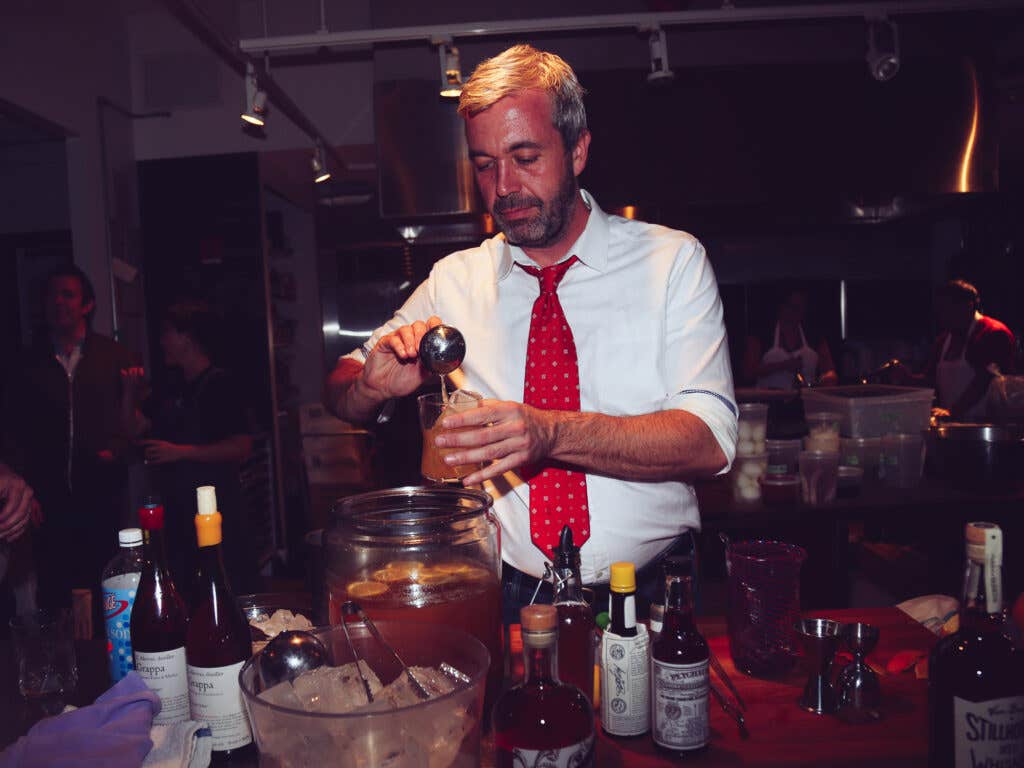
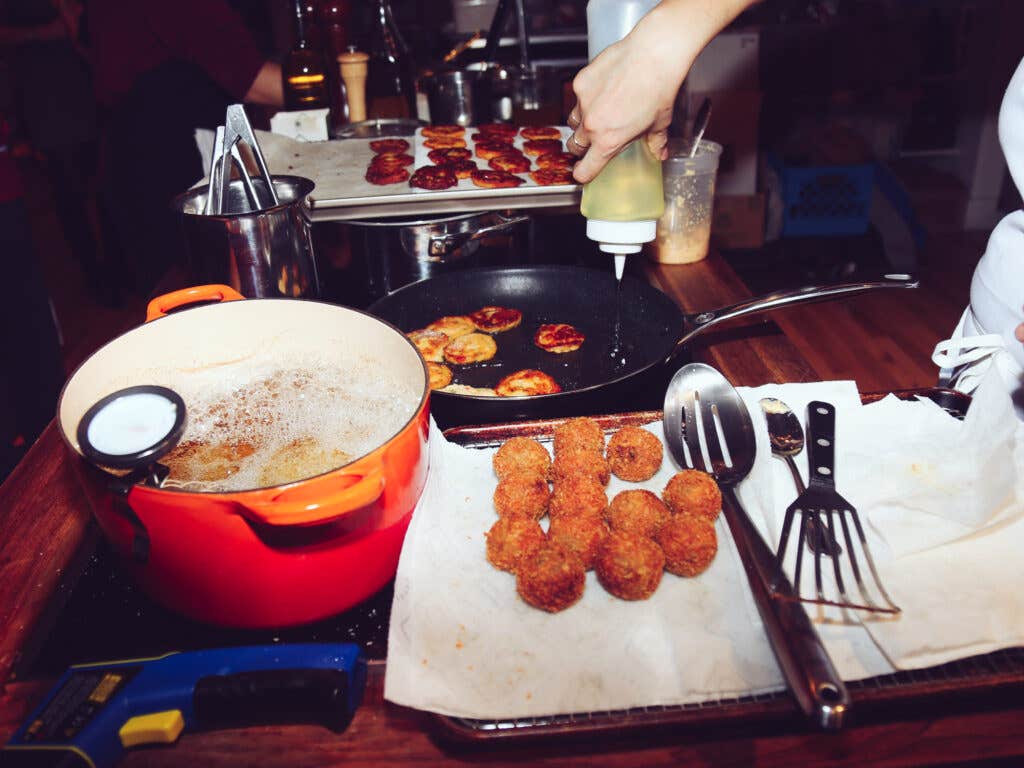
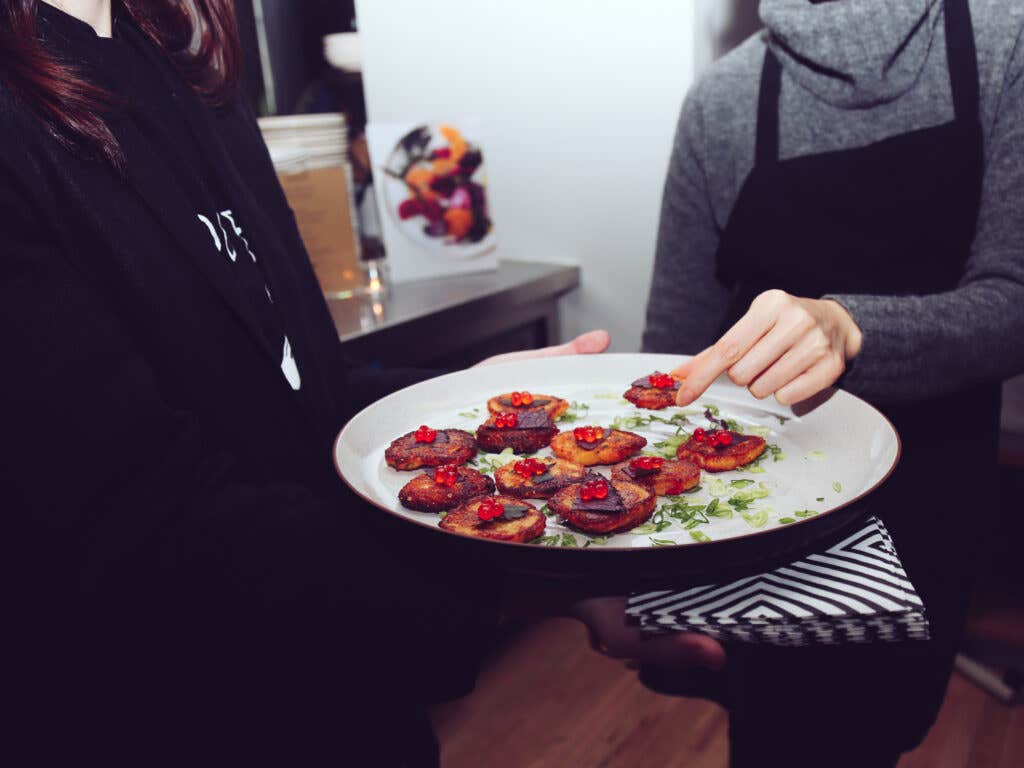

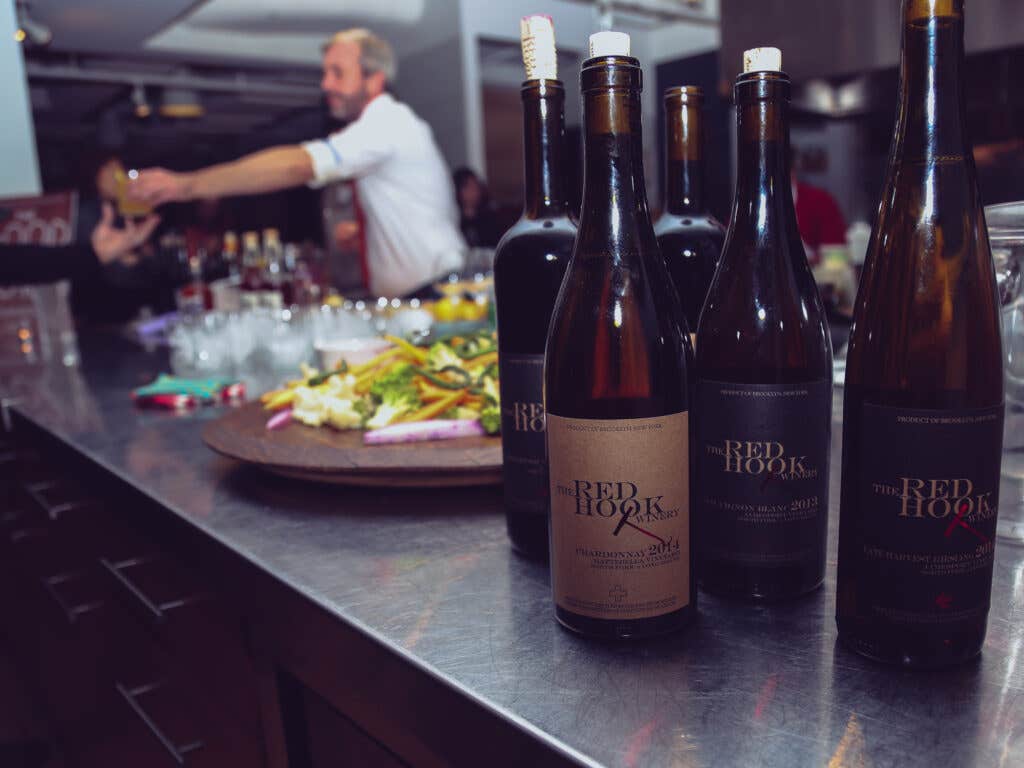
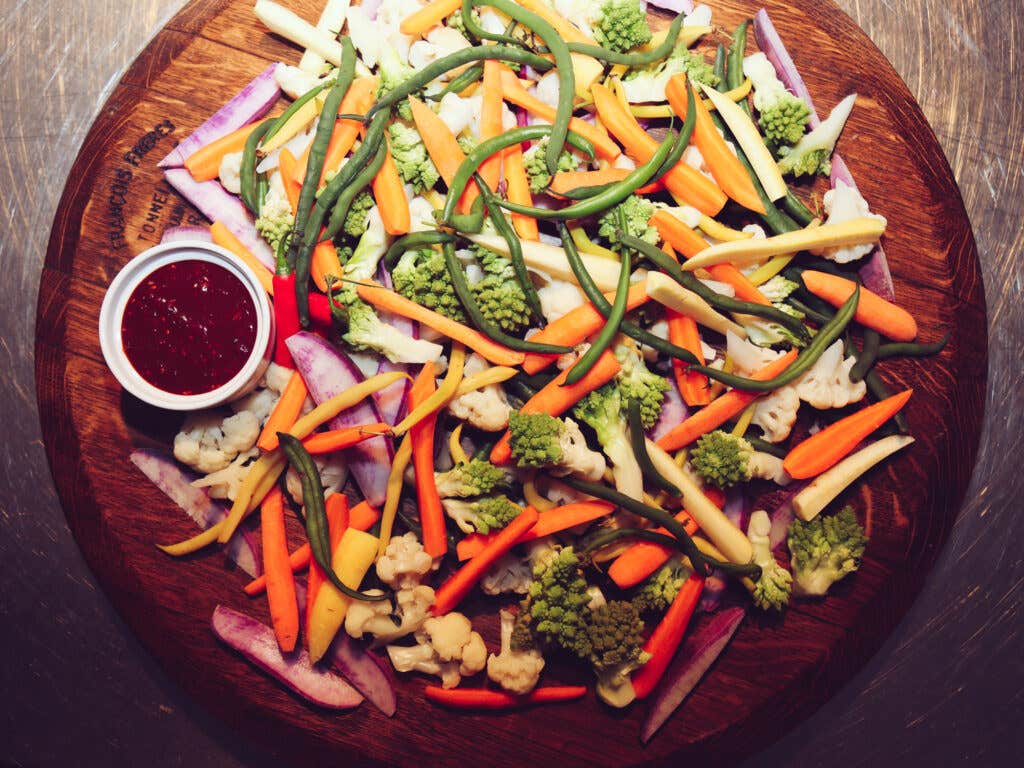

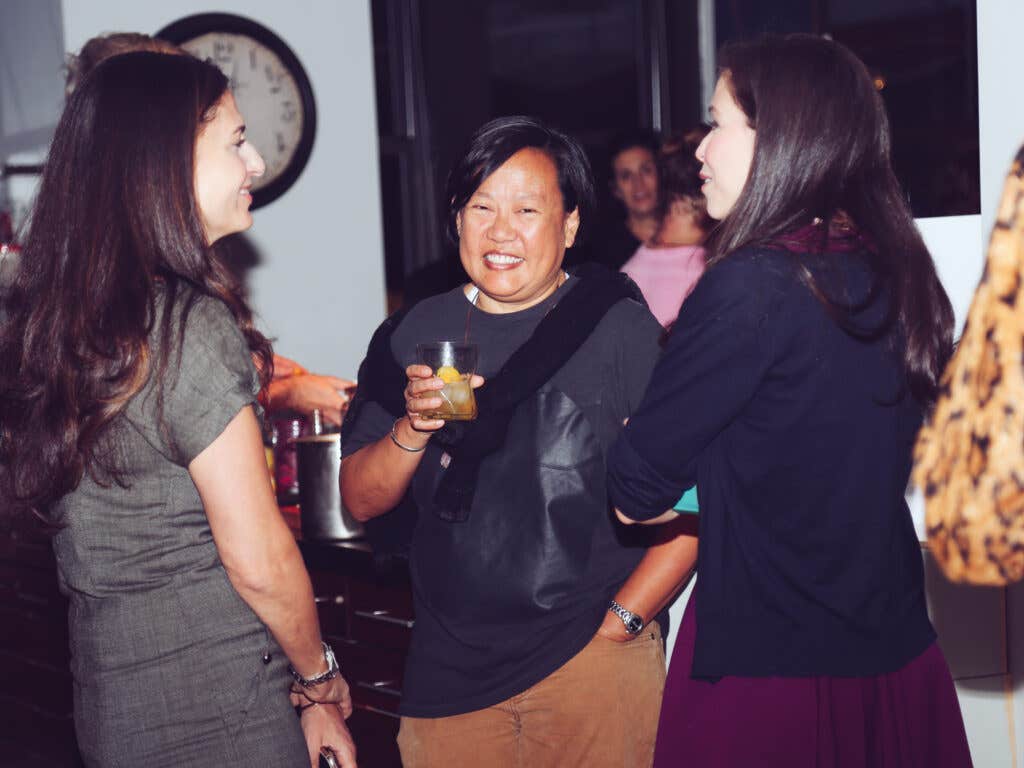
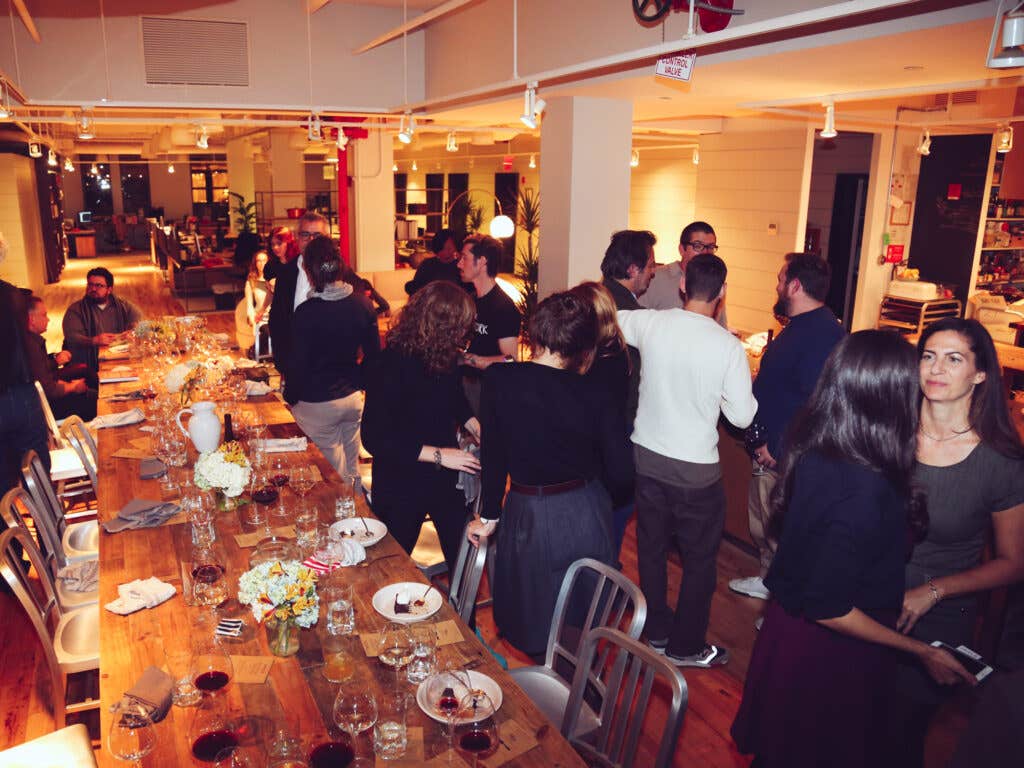
Keep Reading
Continue to Next Story









